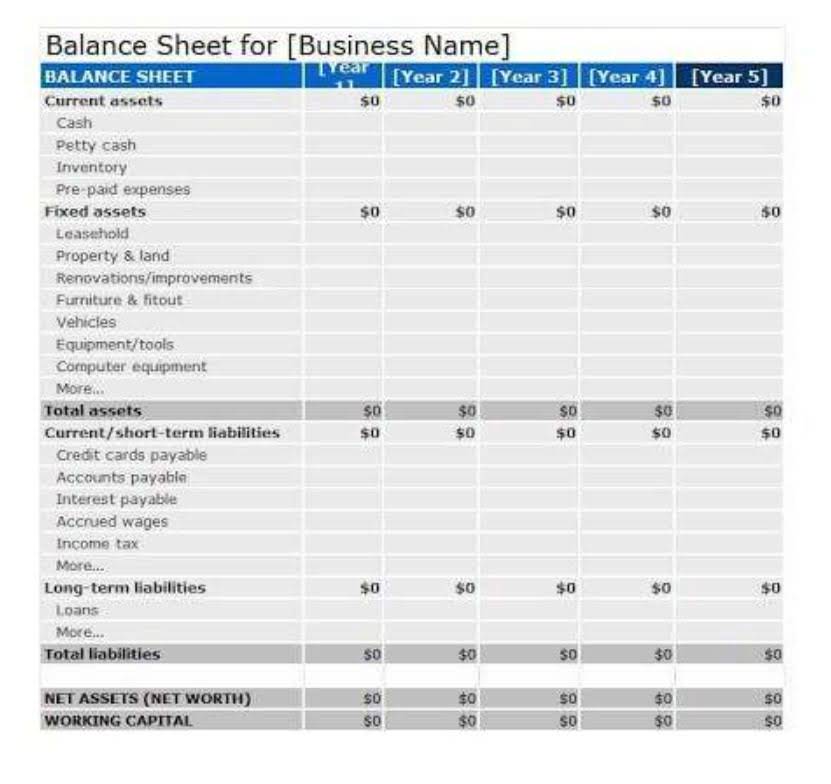Cash Flow for Month Ending July 31, 2019 is $500, once we crunch all the numbers. After accounting for all of the additions and subtractions to cash, he has $6,000 at the end of the period. The real value comes from diving into the details and analyzing these figures in the context of the wider picture, and creating strategies for continuous improvement of your company’s financial position. This is a great thing for cash on hand, as it may allow the business to expand, or stay alive during early-stage product development.
Create a Free Account and Ask Any Financial Question
Also known as the statement of cash flows, the CFS helps its creditors determine how much cash is available (referred to as liquidity) for the company to fund its operating expenses and pay down its debts. The CFS is equally important to investors because it tells them whether a company is on solid financial ground. As such, they can use the statement to make better, more informed decisions about their investments.
How confident are you in your long term financial plan?
If cash flow is positive, that means the business has engaged in more new debt or equity financing activities that bring cash in than it engaged in debt repayments. The issuance of debt is a cash inflow, because a company finds investors willing to act as lenders. However, when these debt investors are paid back, then the repayment is a cash outflow. As a result, D&A https://www.bookstime.com/articles/government-and-nonprofit-accounting are expenses that allocate the cost of an asset over its useful life. Depreciation involves tangible assets such as buildings, machinery, and equipment, whereas amortization involves intangible assets such as patents, copyrights, goodwill, and software. However, we add this back into the cash flow statement to adjust net income because these are non-cash expenses.
Where do cash flow statements come from?
- Several factors can impact cash flow from financing activities positively or negatively.
- Essentially, the accountant will convert net income to actual cash flow by de-accruing it through a process of identifying any non-cash expenses for the period from the income statement.
- Cash is the lifeblood of any organization, and a company needs to have a good handle on its cash inflows and outflows in order to stay afloat.
- In that case, we wouldn’t truly know what we had to work with—and we’d run the risk of overspending, budgeting incorrectly, or misrepresenting our liquidity to loan officers or business partners.
- This cash flow statement shows that Nike started the year with approximately $8.3 million in cash and equivalents.
Positive cash flow from financing activities indicates a net increase in cash resulting from financing activities, such as raising capital or obtaining loans. Negative CFF indicates a net decrease in cash due to financing activities, like repaying debt or buying back shares. Cash from investing activities denotes utilizing the cash for long-term activities involving the purchase or sale of fixed assets, business acquisitions, and mergers, and investing in marketable securities. It showcases the amount of cash a company has raised or spent via investments in a particular period. Equity financing is an excellent way to raise capital for a business but has its own drawbacks. Issuing shares dilutes the value of the existing shares, and shareholders may demand dividends, reducing the overall earnings available for reinvestment in the business.
Negative Cash Flow
- Finance Strategists has an advertising relationship with some of the companies included on this website.
- Consequently, the business ended the year with a positive cash flow of $1.5 million and total cash of $9.88 million.
- The CFF is important to investors because it shows how a company is funding its operations and growth.
- Learn financial statement modeling, DCF, M&A, LBO, Comps and Excel shortcuts.
- Businesses can obtain cash from various activities, ranging from selling their goods and services to selling securities at a profit.
On the other hand, if equity capital decreases over a period, it implies share repurchase, which is a cash outflow. The cash flow from financing activities section of the cash flow statement includes cash inflows and cash outflows for business activities related to the financing of the business. Cash flow from financing activities (CFF) gives a picture of how a company raises and spends money through the intermediates of issuing stocks, borrowing, debt repayment, and paying dividends. A vital component of the cash flow statement it helps assess a company’s financial stability and growth tactics.
Both types of cash flow can provide valuable insights into the financial health of a business. There are mainly two types of financing activities that positively or negatively impact a business’s cash flow. Debt financing involves borrowing money from banks, financial institutions, or issuing bonds, while equity financing involves raising money from shareholders cash flow from financing activities or issuing stocks. A company that generates positive cash flow from financing activities is in good financial health. You can find the cash flow from operating activities on a company’s cash flow statement. You can also calculate operating cash flow by adding together a company’s net income, non-cash items (adjustments to net income), and working capital.
Is paying dividends a financing activity?
The main components of a cash flow statement are cash flows from operating activities, investing activities, and financing activities. Regardless, concerning entities can also find information about a company’s financing activities from its balance sheet’s equity and long-term debt sections, alongside footnotes. You use information from your income statement and your balance sheet to create your cash flow statement. However certain items are classified differently by different accounting standards. For example, under IFRS, interest payments and dividend payments are classified either as cash flows from operating activities or cash flows from financing activities. Under US GAAP interest payments can only be classified as cash flows from operating activities and dividends can only be classified as cash flows from financing activities.







Scrivi un commento